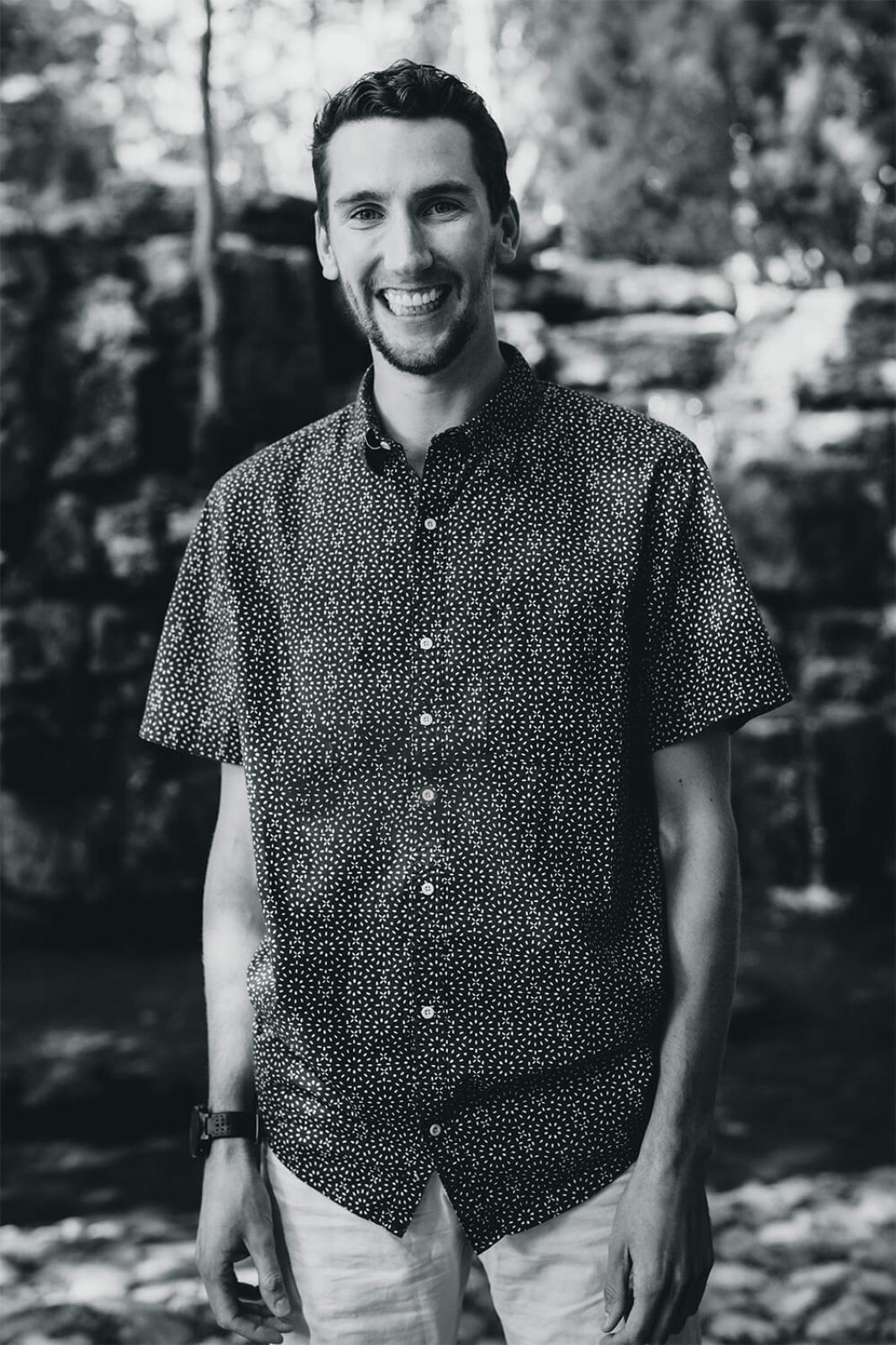October 12, 2022
Building a future with sustainable practices

Craig Klomp
What happens at the crossroads of the built world and the natural world? That’s what Ontario Horticultural Trades Foundation (OHTF) Post-Secondary Scholarship recipient Craig Klomp hopes to explore.
Klomp’s parents own a landscape design/build firm in Stratford, Ont., where he was exposed to both the artistic and construction parts of the business. That early introduction sparked an interest in how landscape architecture is shaping the future.
Klomp, currently in his second year of a masters program in Landscape Architecture (MLA) at University of Guelph, says his formal education continued the journey that led him toward building a green and sustainable future. Klomp said: “I did my undergrad at U of T — a double major in architecture and environmental studies — which really kind of guided me to where I am now.”
The connection between built and natural worlds
As a child, Klomp imagined exploring different environments, both in the built and natural worlds. As he moved through his education in architecture, he grew more aware of how landscape architecture was somewhat of an afterthought, instead of being part of initial design and planning.Klomp feels that architects and landscape architects need to collaborate on projects right from the start “Because often landscape architecture is responding to issues related to architecture rather than working with architecture. Landscape architects can be on the forefront of helping make these decisions be better, not just for the site, but also for the greater urban area.
“The natural and built-up worlds collide all the time. And they’re instrumental in the way they function together, their relationship together,” Klomp said. “So when I came into grad school, the biggest eye-opener for me was the idea that landscape architects should be onsite before anything else, before a shovel hits the ground. Before an architect designs the building, because often what happens is the building is already in that construction phase.”
Lifelong learning
Klomp describes the opportunity to focus on learning as the best reward. Receiving the OHTF scholarship has allowed Klomp to keep that focus.“I’m really grateful for Landscape Ontario [and OHTF] for the opportunity. The scholarship has been a huge, huge benefit,” said Klomp. “We all know education is extremely expensive and so the scholarship allows for the opportunity to really engage with education at the forefront and not have to worry about financial strains of living and paying tuition. Obviously, we still do those things, but it helps mitigate those concerns a little bit more.”
By being fully engaged in his education, Klomp plans to be well armed with skills and tools with which to pursue his career, whether working for others or starting his own business.
Environmental connection
“I’m really interested in starting a practice that is focused on sustainable practices in landscape architecture and have a multi-disciplinary firm where there are architects and landscape architects and engineers working together towards these sustainable practices,” Klomp said. “And if there’s ways I can then take those tools as a firm and implement them with design/build companies, that would be the dream because I definitely think this topic is much broader than just being able to apply it to one firm or to one business.”As an admitted lifelong learner, he anticipates designing future green spaces where individuals come to enjoy and learn as a community. “That sense of belonging really needs to come from how the community wants to function. And so I definitely see those spaces where it’s a site that has multiple programs where individuals can feel comfortable in different spaces and balancing that with some sort of resilience towards climate change.” He suggests programming could help people learn about protecting biodiversity, flood mitigation, water preservation, and other sustainable practices.
The future
Although fond of his hometown of Stratford, Klomp plans to branch out to gain experience. “To develop as a designer, I would love to gain experience from other parts of the country, so go to B.C. maybe and learn where sustainability is at the forefront right now and is a priority, especially on the West Coast. And then learning those tools and how we implement them to practices here in Ontario.”When asked what his future holds, Klomp said he hopes to bridge the gap between sustainable design and landscape architecture. He explained, “the biggest thing for me is to become an advocate and a leader in the community to deeply engage these conversations of sustainable practices. And I hope to explore that through my thesis and my final year of my graduate studies and hopefully come up with some really articulate design principles that I can share with the greater community.”
The OHTF’s mandate is to nurture and advance the horticultural profession through the funding of industry-related scholarships.
Learn more about the OHTF or apply for scholarships at OHTF.ca.